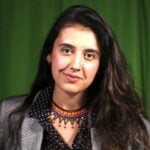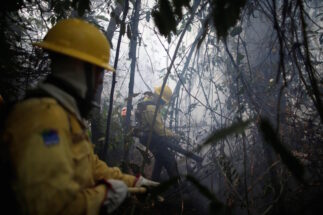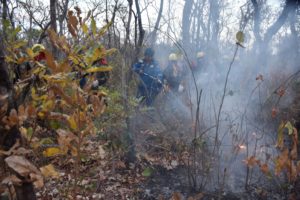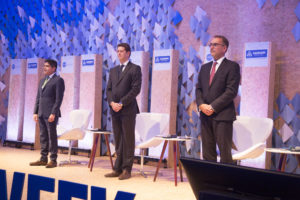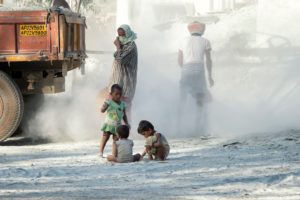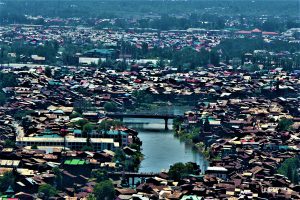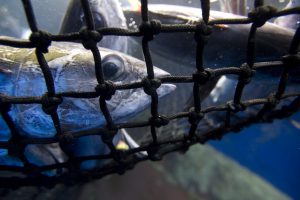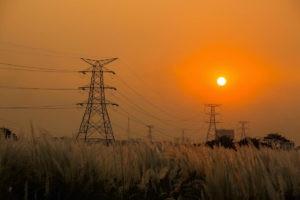Australia’s devastating 2019-2020 wildfire season left nearly three billion animals dead or displaced from their habitats – a number equivalent to nearly half the global human population. Not all were burnt to death, many died from suffocation, starvation, dehydration or predation by other wild species. In total, researchers estimate that more than 11 million hectares were affected by fire.
What would happen if such a mega fire in the Amazon biome, which accommodates 10% of the planet’s biodiversity and helps provide rain and cool the air globally? Would the nine countries of the Amazon basin be prepared to control the fire or, better still, to prevent it?
Years ago, Venezuela, which is today immersed in a political and humanitarian crisis, understood that there is no good fire management without indigenous and local community knowledge, and that it is better to be proactive than reactive. Other countries, such as Colombia, now want to adopt its lessons.
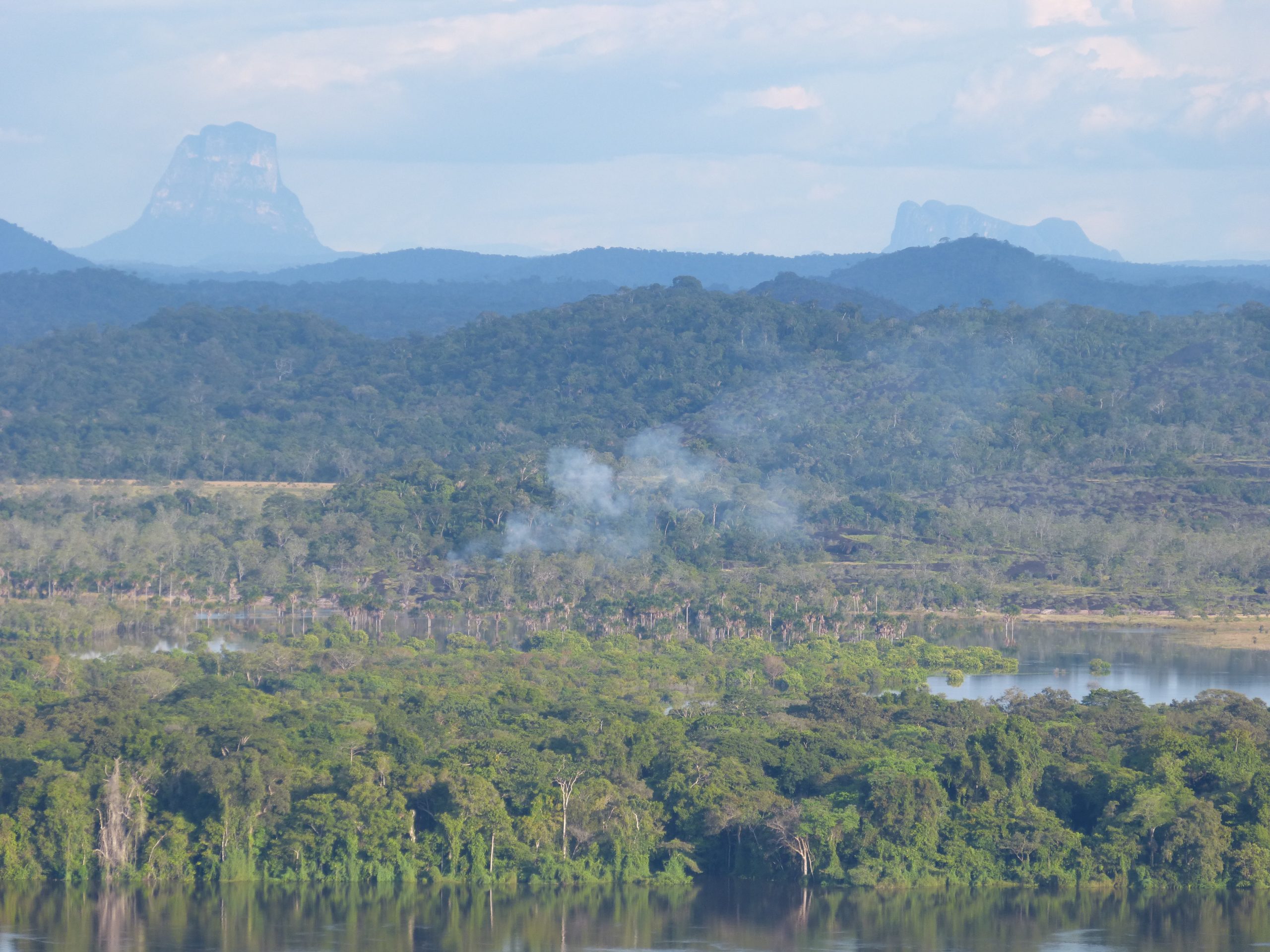
The fires of Canaima
In 1999 in the Canaima National Park in the Venezuelan Amazon’s Guiana shield, Bibiana Bilbao, a doctor of fire ecology, began an innovative research project.
This protected area, home to iconic tepuis and Angel Falls, a UNESCO World Heritage Site and the inspiration for Arthur Conan Doyle’s ‘The Lost World’, is a mosaic of rainforests and savannas growing on acidic, nutrient-poor soils. It also shelters the headwaters of the Caroní River, which provides 70% of Venezuela’s hydroelectric power.
With the intense, increasingly prolonged and unpredictable droughts looming in the region, the use of fire by the indigenous Pemón for ancestral practices became a headache for local authorities.
The national hydroelectric company Corpoelec created a programme to suppress and combat fire in the area and conserve the forest and headwaters of its main water sources. Yet its efforts were insufficient and only 13% of fires could be controlled.
That was the beginning of Bilbao’s journey. Together with researchers from the Simón Bolívar University, she endeavoured to understand the real impact the Pemón people were having on Canaima’s ecosystems and biodiversity.
Bilbao found more than ten different uses for fire by the Pemón, including: Shifting cultivation; hunting (to ambush and trap prey), fishing and collecting honey; household chores such as cooking (preparing cassava bread, tapioca, farinha or cachiri); road cleaning; protection from pests and predators (especially snakes and scorpions); construction (brick making); communication with smoke signals (alerting the community to a successful hunt); ceremonies and ritual practices (to ward off evil spirits, for example); and celebrations and gatherings around campfires.
we can learn from the community and national and international networks, which have come together precisely because they are aware that fire does not recognise political borders
What caught Bilbao’s attention most were the Pemón’s burning mosaics used to protect the forests where they create their fields, a practice that has also been found in South Africa and Australia.
“During the first year they burn a small area of savannah near the forest. The second year they look for another area, and so on until they form a patchwork mosaic that has a different history of burning,” said Bilbao, who works for the UK-based NGO Cobra Collective. “As the vegetation naturally begins to regrow after these events, you have different accumulations of combustible material on the ground [the dry biomass that feeds the large fires].”
Since the soil is not like a homogenous carpet but more a patchwork mat, there are times when the fire cannot advance because there is no continuity of the combustible material. The Pemón, contrary to what was thought, create natural firebreaks that protect the forest from any large fire that starts in the savannah.
Bilbao found that the most intense fires occurred on land that had not burned for the longest time. There, a mattress of grass would accumulate, reaching up to 30 centimetres high, helping the fire to spread.
“Without this ancestral practice, we would increase the intensity and severity of fires in the protected area, putting the tropical forest and water sources at risk,” Bilbao said. “We must add climate change to this. What we have is a time bomb.”
Fires are neither intrinsically good nor bad and many ecosystems and land use systems depend on fire to sustain themselves, as is the case with savannahs and certain pine and oak forest. Others are highly sensitive to fires, such as tropical rainforests and high Andean forests.
Humans are the main cause. Of course there are natural causes, such as lightning strikes or volcanic eruptions, but they occur much less frequently than anthropogenic actions.
“What we must do is stop stigmatising local practices and fire. Our mission, if we really want to seek solutions to the current problems relating to climate change, is to learn from these ancestral practices,” said Bilbao. “In Venezuela we have called it intercultural and participatory fire management.”
Bilbao proposes a new paradigm based on the exchange of knowledge between indigenous people, rural communities, scientists and the authorities.
Over the past 20 years, Bilbao and her team have successfully brought many actors to the table with the aim of building a common language.
“We have to accept new approaches and perceptions about fire. We talk about fire as a friend, fire as a tool, the responsible and holistic use of fire, fire management, planning, prevention and control. This instead of fire fighting, suppression and exclusion or fire as an enemy. We cannot advance solutions if we enter into a conflict of knowledge,” she concludes.

A fire law for Colombia
In Colombia, another group of scientists began to take note of Bilbao’s findings.
Fire is composed of three components: there must be a fuel to burn; available oxygen; and a heat source that ignites the fire. A badly managed, unplanned fire can start a big conflagration. But they are not the same.
Almost every type of vegetation in the world is exposed to fire. It is estimated that between 300 and 400 million hectares, or 3% of the entire land surface, are affected by fire each year.
Few countries – Spain, Portugal, Brazil, Mexico, Chile and Bolivia – have appropriate fire monitoring systems that identify the form, frequency, type of vegetation affected or those responsible.
Colombia is not among them. That is why, for forest engineer María Constanza Meza, the country needs to rethink its approach to fires.
“Suppression refers to attacking fire events only by putting them out at that moment. But fire management includes a wide range of options: prevention (before the event occurs); the way it is controlled; and the subsequent management of affected areas,” she said.
Meza is one of the minds behind a new bill for integrated fire management in Colombia, introduced in late 2019 by Congressman Mauricio Toro of the Green party.
The proposal, developed over two years and which has passed one of four debates needed to become law, stresses three cross-cutting components: social co-responsibility; research and environmental education.
The bill recognises that fire is a fundamental element in the practices and knowledge of rural, indigenous, and afro-descendant communities. This is why policy on this issue cannot respond only to ecological concerns and ignore territorial practices, since it has been shown that criminalisation leads to socio-environmental conflicts, Meza said.
Meza, like Bilbao, said it is vital to articulate all forms of knowledge, without stigmatising traditional and ancestral practices associated with its use, as well as promoting scientific and participatory research.
“From Venezuela’s experience we can learn from the community, national and international networks, which have come together precisely because they are aware that fire does not recognise political borders. The objective is to reach a balance where neither local practices nor are the ecosystems are affected,” she said.

Colombia: a country without data
There are still many information gaps in Colombia, something the National University’s laboratory of Landscape Ecology and Ecosystem Modeling (Ecolmod) is trying to fill.
Researchers there are trying to model the occurrence of fires in Colombia, identifying places and times that present high risk, as well as potential damage. They consider the effect of fires on mammals, how insects living on the ground react to fires that occur in savannah and gallery forest ecosystems, and how forest fires affect bat diversity, since they are central to seed dispersal, pollination and pest control.
They also analyse the soundscape, comparing the sound of birds in a burned gallery forest with a highly conserved one in the Orinoco River basin, to see how fauna behaves when habitats are modified, fragmented or destroyed.
Beyond this, Ecolmod looks at ecological components including tissue, organisms, species, populations (individuals of the same species), communities (group of different species), ecosystem, landscape and biomes.
Biologist Laura Isabel Mesa is investigating the differences between Moriche palms (Mauritia flexuosa) that were affected by fires and those that were not. Since last year, she has been analysing and monitoring different plots within El Tuparro National Park, which borders the Orinoco River and Venezuela.
These studies allow them to know when these plants produce flowers and fruits, how much the local community can extract without affecting populations, and how they can be sustainably commercialised, Mesa said.
“This generates knowledge so that, later on, we can make correct decisions and establish conservation and management strategies,” she said.
Without that synergy, the metaphorical table is left with a weak leg.
While Colombia is waiting for the law to be passed, scientific and indigenous networks continue to strengthen. Bilbao, for example, has led face-to-face meetings between Arekuna, Kamarakoto and Pemón leaders (from Venezuela) and Makushi and Wapishana (from Brazil and Guyana) to exchange knowledge. She is determined to replicate the experience in other countries.

